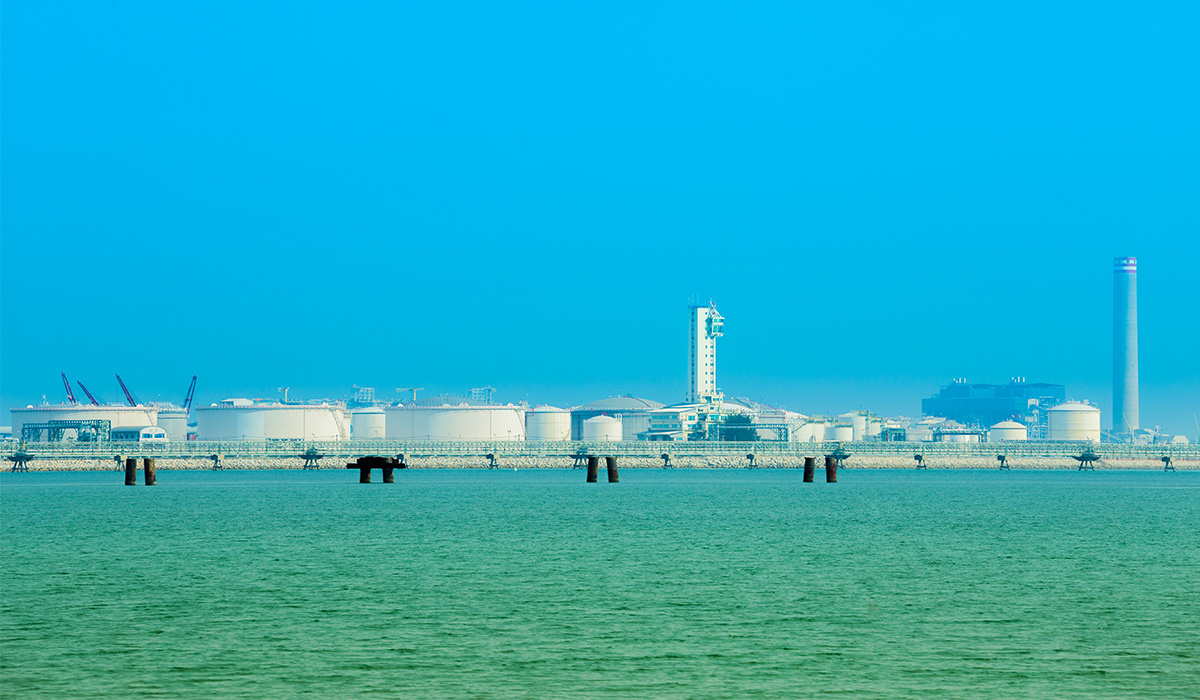
The problem of finding drinking water is as old as humanity itself. Well-known (and still used) methods like boiling or filtration through gravel and sand dates back to around the 15th century BC. Today, despite long-held aspirations of turning our oceans into drinkable water, only 2.5% of the vast resource is freshwater, and only about 1% is accessible on the surface.
And yet, technological advances in the last few years hold out new promises for quenching the world’s thirst for water. Driven by population increase in dry regions around the globe as well as additional droughts brought on by climate change, governments and companies alike are working hard behind the scenes to overcome the main hurdles of water purification: cost and environmental concerns.
The main way of creating drinkable water is through a process called desalination, where “clean” water is separated from salt and other minerals either through condensation capture, or filtering through membranes. In the last decades, desalination plants have multiplied — providing clean water for 300 million people around the world — and operational costs have dropped by more than half. And yet it remains an expensive and energy-intensive process, where the vast majority of plants are powered by polluting fossil fuels.
- The titanium layer is placed on an exclusive newly developed type of paper and foam that enables the solar absorber to float on seawater. When sunlight hits the layer, it heats quickly, causing the water to vaporize.
- By putting the unit into a transparent container with a sloped quartz roof, the water vapor can be condensed and collected, creating plenty of freshwater.
- The porous paper is composed of wood fibers and serves as a wicking material to supply water from the seawater reservoir. The team has observed that even after a prolonged time, no salt layer developed on the surface.
While ordinary drinking water’s salinity is about 200 mg/L, the solar-powered desalination unit could reduce the salt-levels to less than 2 mg/L.
- Located in the west of Medine, on the shores of the Red Sea, The Yanbu-4 IWP project is a 450,000 m3/day seawater desalination plant that will supply potable water to the cities of Makkah and Medina.
- The project will include solar energy units generating 20 MW of power to reduce grid electricity consumption throughout the desalination process, as well as water storage tanks designed to maintain a capacity of two operational days.
- The Yanbu-4 project, which will be operated and maintained by ENGIE, aims to contribute 1.5 billion SAR to Saudi Arabia’s GDP and will create 500 direct and indirect full-time jobs. The Yanbu-4 project was awarded a concession term of 25 years with commercial operation expected in the last quarter of 2023.